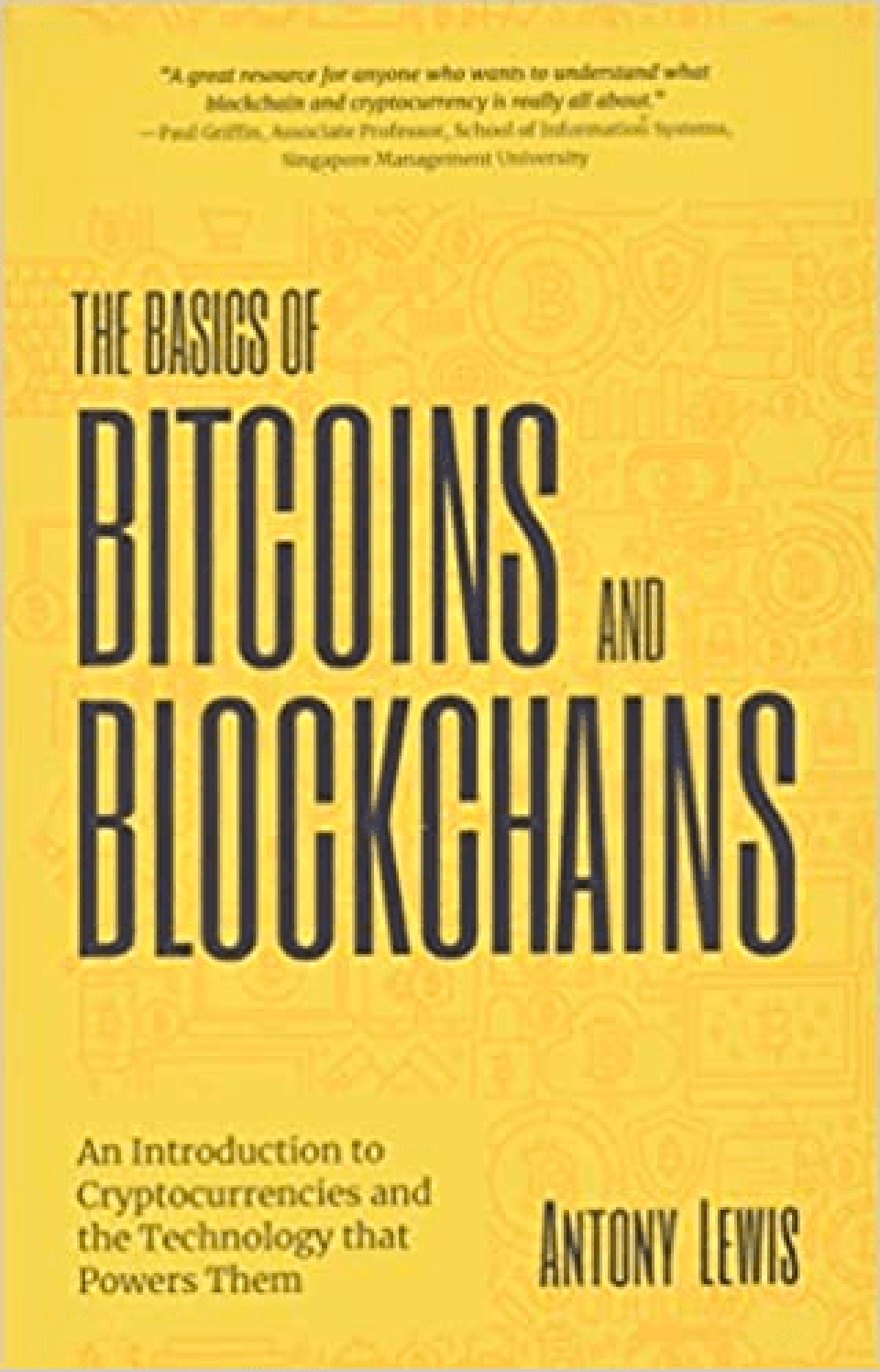
Part 1
MONEY
PHYSICAL AND DIGITAL MONEY
Cash—physical money—is wonderful. You can transfer (or spend or give
away) as much of what you have as you want, when you want, without
any third parties approving or censoring the transaction or taking a
commission for the privilege. Cash doesn’t betray valuable identity
information that can be stolen or misused. When you receive cash in your
hand, you know that the payment can’t be ‘undone’ (or charged back, in
industry jargon) at a later date, unlike digital transactions such as credit
card payments and some bank transfers, which is a pain point for
merchants. Under normal circumstances, once you have cash, it is yours,
it is under your control, and you can transfer it again immediately to
somebody else. The transfer of physical money immediately extinguishes
a financial obligation and leaves nobody waiting for anything else.
But there is a big problem with traditional physical cash: it doesn’t work
at a distance. Unless you carry it in person, you can’t transfer physical
cash to someone on the other side of the room, let alone on the other side
of the planet. This is where digital money becomes highly useful.
Digital money differs from physical money in that it relies on
bookkeepers who are trusted by their customers to keep accurate
accounts of balances they hold. To put it another way, you can’t own and
directly control digital money yourself (well, you couldn’t until Bitcoin
came along, but more on that later). To own digital money, you must
open an account somewhere with someone else—a bank, PayPal, an e-
wallet. The ‘someone else’ is a third party whom you trust to keep books
and records of how much money you have with them—or, more
specifically, how much they must pay you on demand or transfer to
someone else at your request. Your account with a third party is a record
of an agreement of trust between you: simultaneously how much you




